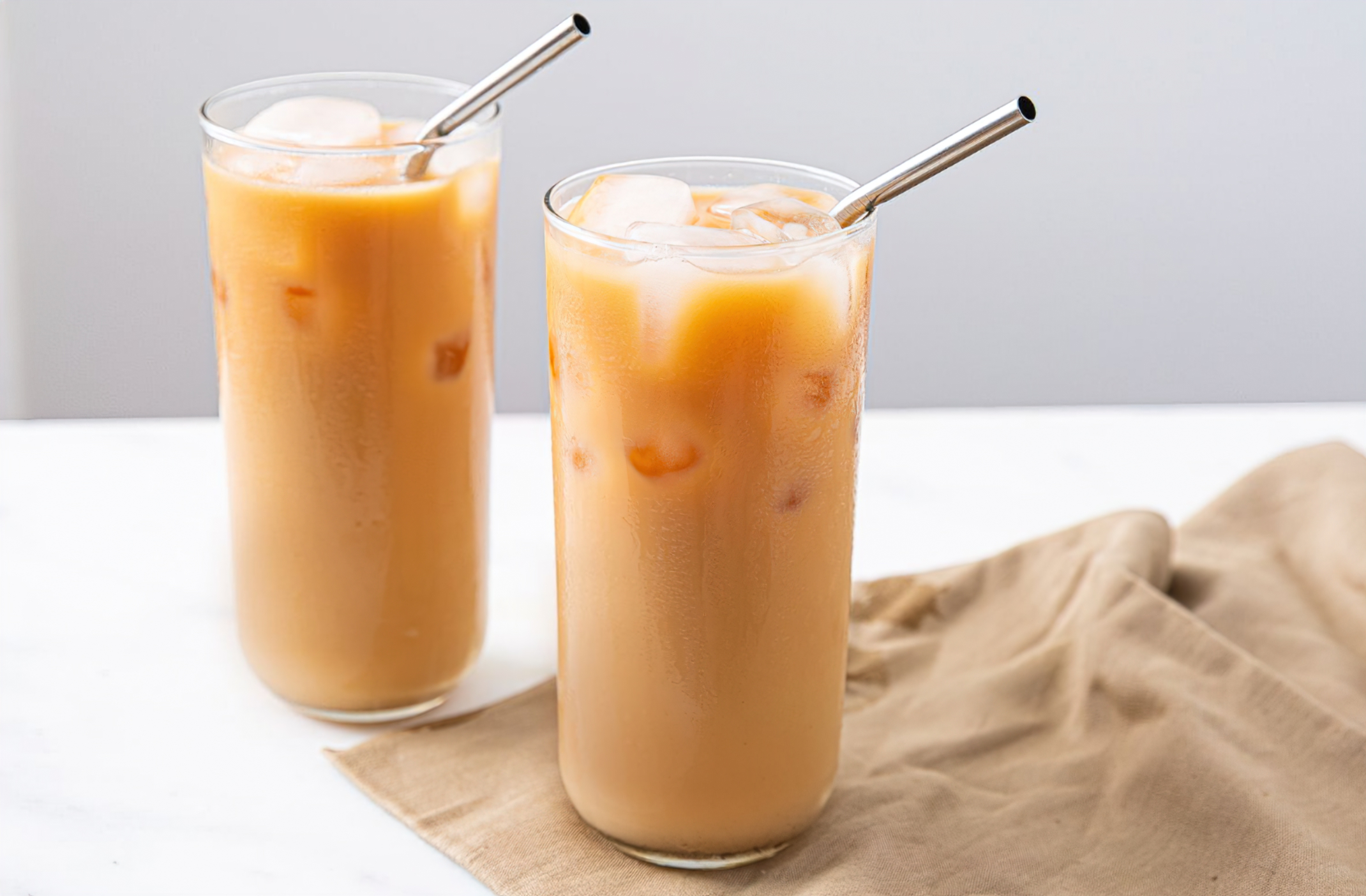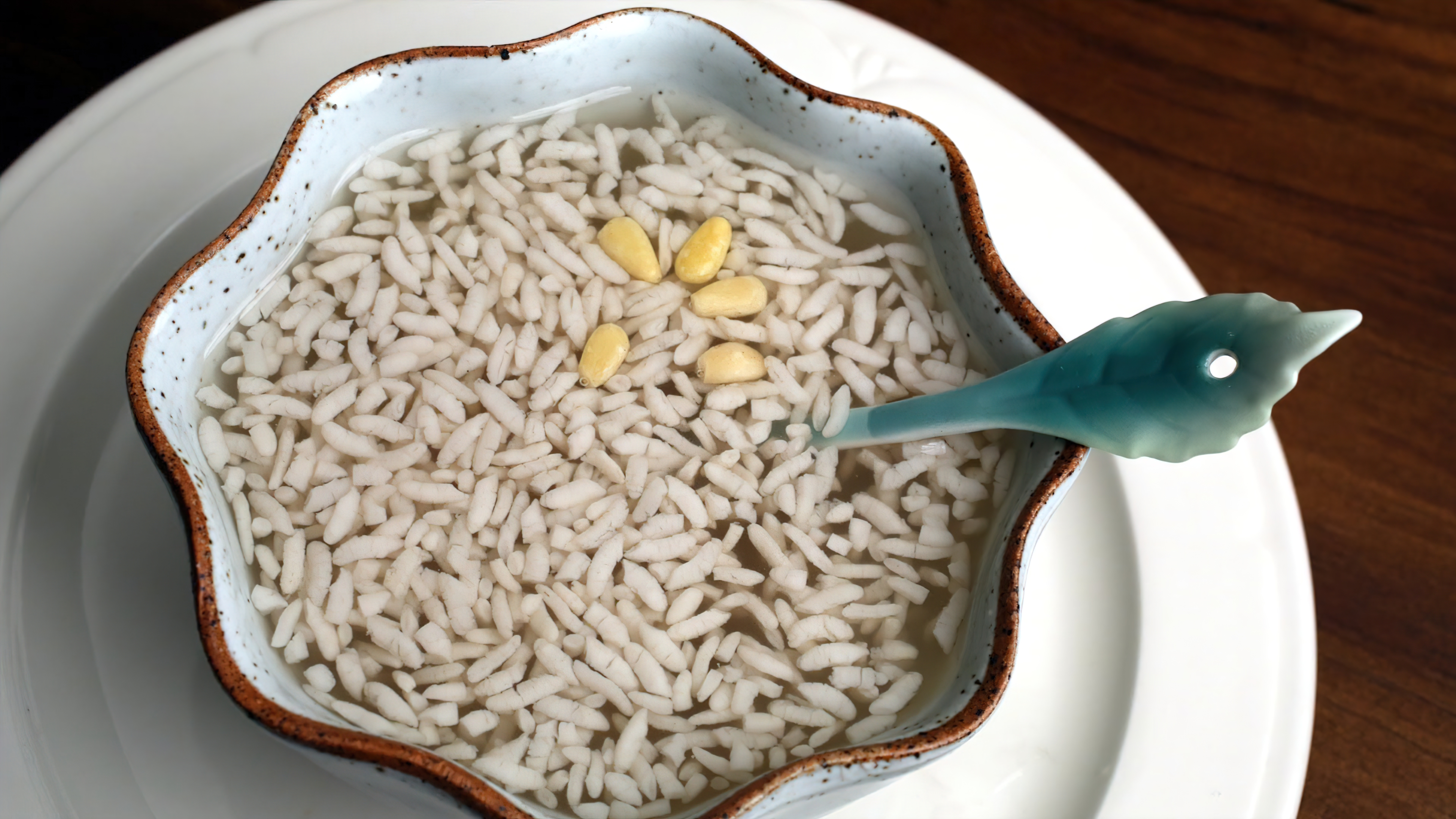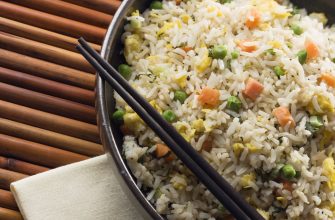The Allure of Asian Dessert Beverages
Asian dessert beverages, a delightful fusion of taste, tradition, and innovation, offer an exciting culinary journey. Their popularity transcends borders, making them a staple in global food culture.
Bubble Tea: The Sensational Sip
Originating from Taiwan, Bubble tea, or Boba, is a sweet drink that has gained a worldwide fan base. Its basic form includes tea, milk, and chewy tapioca pearls. However, the versatility of Bubble tea lies in its endless customization options. You can choose from a variety of tea bases, add fruit jellies, and adjust the level of sweetness to your preference.
But what makes Bubble tea special? It’s the unique experience of sipping tea and chewing the boba pearls simultaneously. The pearls have a soft, chewy texture and a subtle sweetness that complements the beverage.
Falooda: A Symphony of Flavors
Next on our journey is Falooda, a popular dessert beverage in South Asia, especially India and Pakistan. It’s a cold, sweet drink often served with ice cream, making it perfect for hot summer days.
Falooda consists of rose syrup, vermicelli, sweet basil seeds, and milk, topped with a scoop of ice cream. It’s not just a drink; it’s a meal in itself. Each ingredient contributes to a unique texture and taste. The rose syrup adds a floral note, while the basil seeds provide a contrasting crunch.
Discovering More Asian Dessert Beverages
Beyond Bubble tea and Falooda, there is a world of Asian dessert beverages waiting to be discovered. From Vietnamese Che Ba Mau to Korean Sikhye, each drink tells a story about its culture and tradition.
The Exotic Vietnamese Che Ba Mau
Taking a detour to Vietnam, we encounter Che Ba Mau, also known as the three-color dessert. This chilled beverage is a layered spectacle of colors, textures, and flavors. As the name suggests, it features three main ingredients: red azuki beans, mung bean paste, and pandan jelly, all submerged in a bath of coconut milk and crushed ice. Each spoonful of Che Ba Mau provides a medley of sweet and nutty flavors, making it an intriguing and enjoyable treat.
Sikhye: A Taste of Korea
From the bustling streets of Vietnam, we move to the serene landscapes of Korea. Here, we find Sikhye, a traditional sweet rice beverage often served as a dessert. Sikhye is made by fermenting malted barley and steamed rice, resulting in a slightly sweet and tangy flavor. The fermentation process also produces grains of rice that float in the drink, adding a unique textural element. Known for its refreshing taste, Sikhye is often enjoyed during the Lunar New Year and other Korean festivities.
Conclusion: A Panorama of Sweet Delights
Asian dessert beverages are more than just delightful treats. They are a testament to the rich culinary heritage and creativity of Asian cultures. Each sip of Bubble tea, Falooda, Che Ba Mau, or Sikhye is a celebration of diverse flavors, ingredients, and traditions.
Whether you enjoy these beverages in the comfort of your home or at a bustling street market, their unique blend of taste and texture promises a memorable gastronomic journey. So, the next time you crave a sweet treat, why not reach for an Asian dessert beverage and embark on a delightful culinary adventure?

